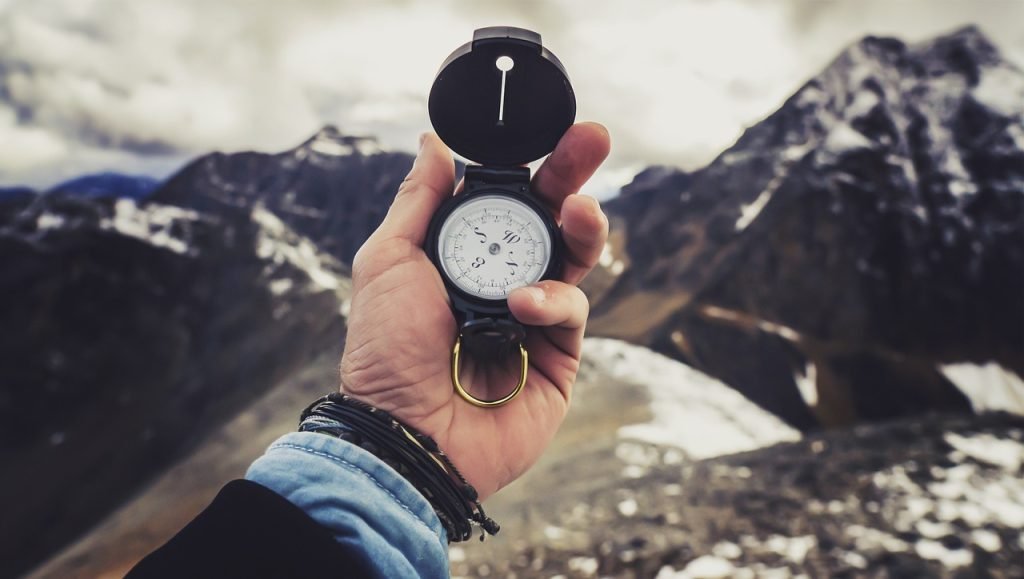Have you ever found yourself wondering how to avoid getting lost in the wilderness? It’s an important question to consider, especially if you love outdoor adventures. Getting lost can be a daunting experience, but with some preparation and knowledge, you can navigate the wilderness confidently.
Understanding the Wilderness
The wilderness is often synonymous with untamed nature, and while it may seem beautiful, it can also be unpredictable. This unpredictability is why it’s crucial to arm yourself with knowledge before venturing out.
The Importance of Preparation
Preparation could be the key factor that makes your outdoor adventure enjoyable instead of stressful. Knowing the terrain, planning your route, and informing someone about your plans can make all the difference.
Recognizing the Risks
When you head into the wild, it’s essential to recognize that risks are inherent, from sudden weather changes to wildlife encounters. Understanding these risks can help you prepare adequately.
Essential Skills to Prevent Getting Lost
Having the right skills can empower you to traverse the wilderness without fear of losing your way.
Map Reading and Navigation
Knowing how to read a map is fundamental when exploring uncharted areas. Familiarizing yourself with different types of maps – topographic, trail, and terrain – will greatly assist you.
- Topographic Maps: These maps show elevation and landforms, helping you gauge the terrain.
- Trail Maps: Often available at parks and recreation areas, they show specific paths.
- Terrain Maps: These maps give you a broader sense of the geography of the area.
Compass Usage
A compass complements your map-reading skills. Even with modern GPS tools, a basic understanding of how to use a compass can aid you in finding your way back.
- Identify Your Direction: Find North using your compass.
- Choose a Landmark: Select a distant object in your path.
- Follow Your Path: Keep your compass pointed toward that landmark.
GPS and Technology
While traditional navigation tools are essential, technology can make navigating easier. Using GPS apps can provide real-time instructions and enhance your understanding of your surroundings.
- Offline Maps: Some apps allow you to download maps for offline use, which is essential where service is unreliable.
- Track Your Route: Using GPS helps keep a record of where you’ve been, offering peace of mind.

This image is property of pixabay.com.
Planning Your Trip
Proper planning is half the battle when it comes to wilderness adventures.
Research Your Destination
Take the time to learn about the area you plan to visit. Understanding its geography, climate, and any potential hazards can help you prepare effectively.
- Trail Conditions: Check for any recent reports on trail conditions. Are they passable, or has rain washed out sections?
- Wildlife Dangers: Know what wildlife you might encounter and how to deal with it.
Emphasize the 10 Essentials
Bring the 10 essentials with you to stay safe and prepared. Here’s a handy table to help you remember:
| Essential Item | Purpose |
|---|---|
| Navigation tools | Maps and compass/GPS |
| Sun protection | Sunglasses, sunscreen, and a hat |
| Insulation | Extra layers for warmth |
| Illumination | Headlamp or flashlight |
| First-aid supplies | Basic medical kit for emergencies |
| Fire starters | Waterproof matches or a lighter |
| Repair kits | Items to fix gear, like duct tape or sewing kit |
| Nutrition | High-energy snacks or meals |
| Hydration | Water bottles or purification systems |
| Emergency shelter | Tent or space blanket, depending on the season |
Safety Practices in the Wilderness
Keeping yourself safe is vital to ensure a successful wilderness experience.
Always Inform Others
Before heading out, let someone know your itinerary. Share your route and estimated return time, so they can alert authorities if you don’t return as planned.
Travel With a Partner
Whenever possible, hiking with a companion is safer than going solo. If you do get lost, having someone with you can provide reassurance and support.
Stay Aware of Your Surroundings
Constantly be aware of your environment. Familiarize yourself with notable landmarks, and take note of where you’ve come from. This practice helps you understand your position in the area.

This image is property of pixabay.com.
Utilizing Trail Markers and Landmarks
Natural and artificial trail markers play a crucial role in navigation.
Trail Signage
Look for signs or markers that indicate trails, junctions, and distances. Familiarize yourself with how these signs work:
- Trail Blazing: Markings on trees or rocks indicate the route.
- Faded Signs: Even faint markers can guide you if you’re paying attention.
Using Natural Landmarks
Natural landmarks such as mountains, rivers, and prominent trees can serve as references. Make a habit of recognizing them as you travel to help guide your way.
Recognizing Signs of Getting Lost
What happens if you start to feel lost? It’s essential to recognize the signs early on.
Symptoms of Disorientation
Feeling anxious, seeing familiar landmarks that don’t quite match, or losing track of time can indicate you might be off course. It’s crucial to assess your situation calmly.
Finding a Safe Spot
If you think you’re lost, find a safe place to stay put. This strategy allows you to gather your thoughts and assess your situation without wandering further away from your initial path.

This image is property of pixabay.com.
How to Retrace Your Steps
If you find yourself lost, retracing your steps can be a helpful strategy.
Remember Landmarks
Think back to any significant landmarks encountered on your route. These could be unique trees, rock formations, or streams that you passed earlier.
Follow the Outward Path
If you can remember the specific turns or paths you took to reach your current location, follow them back carefully. This method is straightforward but effective.
Emergency Procedures
In case things don’t go according to plan, having a strategy can be a lifesaver.
Signaling for Help
If you’re in a situation where you’re unaccounted for, it’s crucial to signal for help. Some effective methods include:
- Whistle: Three short blasts indicate distress.
- Reflective Objects: Use a mirror or shiny surface to catch attention.
Staying Calm
Panicking can lead to poor decisions. Remain calm, evaluate your surroundings, and think clearly about your next steps.
Making the Most of Technology
In an age where technology is at our fingertips, using it wisely can enhance your wilderness experience.
Offline Resources
Before your trip, download any resourceful apps or maps that you might need since service can be spotty in rural areas. Many apps work offline, which keeps you prepared even when there’s no signal.
Power Management
Make sure your devices are fully charged before starting. Carry portable chargers or solar-powered chargers to keep your electronics functioning.
Conclusion: Enjoying The Adventure
Getting lost in the wilderness doesn’t have to be a terrifying experience. With the right preparation, skills, and mindset, your adventures can be enjoyable and safe. Remember that being aware of your surroundings, preparing meticulously, and practicing crucial navigation skills are all steps toward having the best time in nature.
The wilderness is a great teacher, and each journey will enhance your skills for future adventures. So pack your essentials and prepare to make unforgettable memories while confidently exploring the great outdoors!



